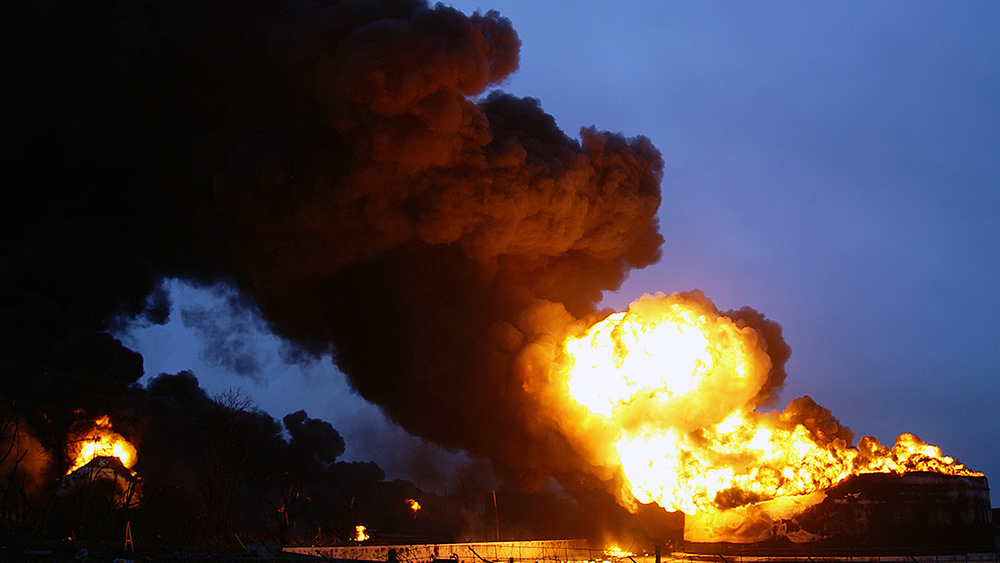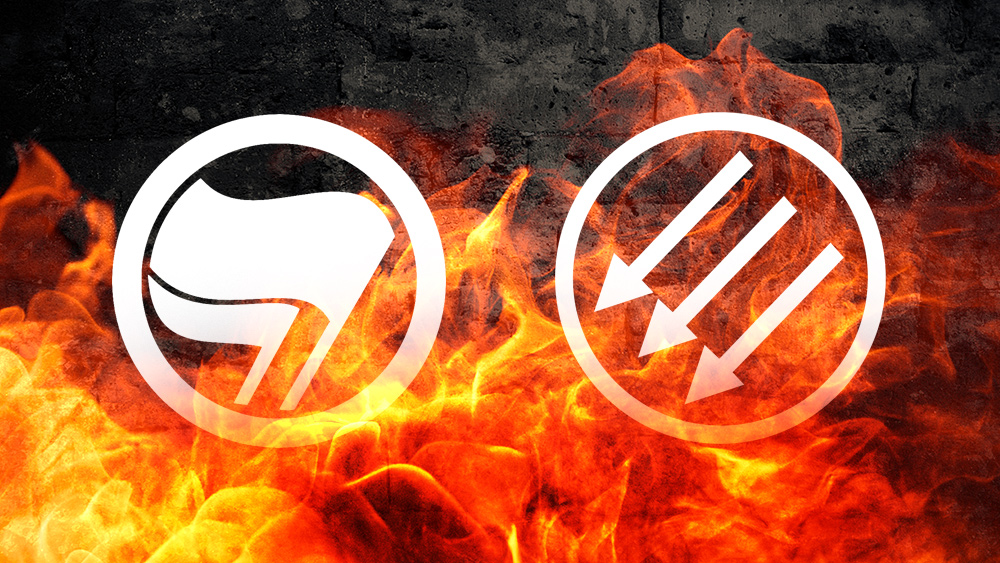
Average gas prices in the United States could soon breach the $5 per gallon mark just as the country enters its summer travel season.
National average gas prices are at $4.67 a gallon as of June 1, according to the AAA. This is 12 percent higher than the past month, $1.63 higher than a year earlier and about 14 percent more than the pre-2022 peak prices of $4.11 set during the Great Recession of 2008. All 50 states have also recently breached the $4 a gallon mark.
Patrick De Haan, an analyst for fuel tracking platform GasBuddy, believes national gas prices could reach $5 a gallon on average as early as June 17. (Related: Insanity: Washington state gas stations running out of fuel, adding another digit to signs in anticipation of $10 gas.)
In some places around the country, Americans are already paying an eye-watering amount for gas. Some stations in California, for example, are already charging customers more than the federal minimum price of $7.25 an hour for a gallon of gas.
A range of factors have combined to keep fuel prices high. The economic sanctions imposed upon Russia by Western nations in retaliation for the invasion of Ukraine is one of the biggest drivers of gas prices both in the U.S. and other nations that have restricted purchases of Russian energy products.
The administration of President Joe Biden has also done very little to solve the issue. De Haan noted that the White House has tried to lower gas prices by tapping into the nation's Strategic Petroleum Reserve, but this is unlikely to have a significant effect.
"U.S. consumers should not expect much in the way of relief in prices at the pump until the end of the year," predicted JP Morgan analyst Natasha Kaneva. She also noted that gas inventories in the U.S. are declining and currently sit at their lowest seasonal levels since 2019.
Americans reeling as rising gas prices eat into their budgets
The surging gas prices are unfortunately coinciding with Americans taking their vehicles and going on vacations. Analysts have noted that gasoline prices have not deterred most motorists from their summer plans, in part due to pent-up demand for travel following two years of Wuhan coronavirus (COVID-19) restrictions.
"Folks have decided, 'Look, I've been good. I've been hunkering down for two years. I'm gonna go and I'm gonna go big," said AAA spokesman Andrew Gross. The organization said in May that nearly 35 million Americans were expected to use their cars to travel during the Memorial Day weekend, a 4.5 percent increase from 2021.
But other American car users are feeling the effects of the surging gas prices more. In a survey by AAA in March, three-quarters of drivers noted that if gas reached $5 – a situation that has already happened for most of the West Coast – they would need to make significant adjustments.
Amalia Velazquez, a single mother of three from San Diego, is one of those people who have made drastic changes. She isn't sure if she can take her children to visit their grandmother in Mexicali, Mexico, to celebrate her birthday in June. Gas prices have cut into the family budget.
Velazquez noted that she currently spends around $80 to fill her 2019 Toyota RAV4, up from about $45 before the COVID-19 pandemic.
"I don't think I'll be making that drive anytime soon," she said. For now, Velazquez has told her kids that they can't eat out as much and drive as far to save money.
Other motorists are switching to vehicles that don't consume as much fuel. Tom VanStavern, a motorbike-shop owner in Columbus is foregoing using a 2015 Ford Transit van that gets 15 miles a gallon for a 2001 Kawasaki motorcycle with a sidecar, which gets about 45 miles a gallon.
"Normally for work, I have to drive a van," said VanStavern. Average gas prices in Ohio are $4.61 a gallon, up by $1.65 from last year. "It's gone from being like $60 to fill up [my van] to being $100, so now I drop the van off at home."
Without significant changes in Biden's economic and fuel policies, including ending the sanctions on Russia, the main drivers of gas prices in the U.S. will remain and could push fuel prices to an average per gallon price of $6.20 by August.
Read more stories about fuel prices in America at FuelSupply.news.
Watch this video from InfoWars as host Owen Shroyer explains how Biden's gas crisis is worse than what the public knows.
This video is from the InfoWars channel on Brighteon.com.
More related stories:
The media is mentally preparing the American public for mass fuel shortages and rolling blackouts.
Now we are being warned that shortages of diesel fuel and electricity are coming in the months ahead.
Contrary to what people believe, electric vehicles are not cheaper than gas-fueled vehicles.
Sources include:
Please contact us for more information.





















